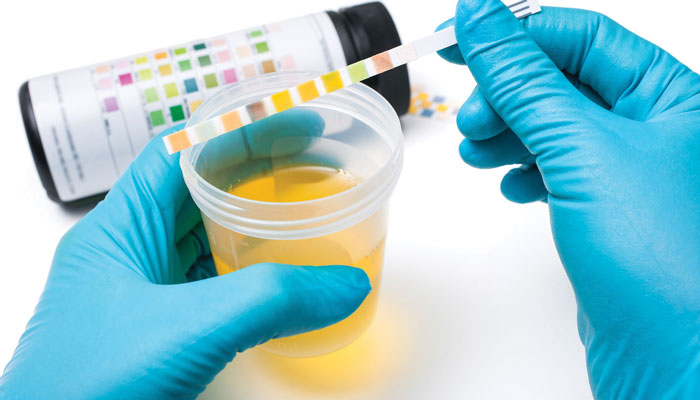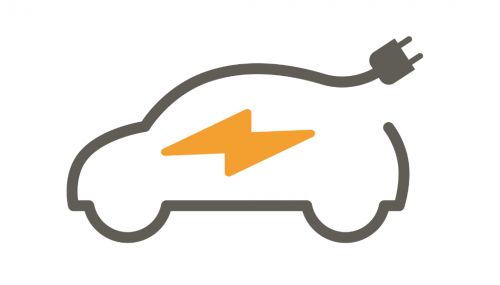All
Know Your Drug & Alcohol Test Procedures
by Richard Pummell, Foley Carrier Services

Most Department of Transportation (DOT)-regulated businesses that operate vehicles with a Gross Vehicle Weight Rating or Combination Weight Rating of at least 26,001 pounds or who transport hazardous materials that require placarding, understand that they are required to “get their drivers drug tested.”
However, there are many components of a compliant DOT Drug & Alcohol Testing Program that are unfamiliar to many business owners. It is crucial that all aspects of Drug & Alcohol Testing are being met in order to ensure compliance with this essential DOT regulation.
What is a Compliant Drug & Alcohol Testing Program?
In order to fully understand all the components Drug & Alcohol Testing it is important to become familiar with each type of DOT Drug and/or Alcohol Tests.
Pre-Employment Drug Testing: Pre-Employment Drug Tests should be given after you have decided to hire an applicant. Under no circumstances can a new hire begin driving for you until you have received a verified negative drug test result. The FMCSA does not require Pre-Employment Alcohol Testing. But if you do decide to administer a Pre-Employment Alcohol Test then you will need to do alcohol tests for all subsequent applicants.
Random Drug & Alcohol Testing: All drivers must be subject to random, unannounced drug and alcohol tests. After receiving a negative Pre-Employment Drug Test Result, drivers must be added into a “random testing program.” Because the FMCSA has specific requirements as to how random testing programs are to be administered, most companies employ a Third Party Administrator (such as Foley Carrier Services) to manage their random testing program.
Post-Accident Drug & Alcohol Testing: Post-Accident Drug & Alcohol Testing is required when any of the following circumstances apply:
- Any number of human fatalities;
- An injury to at least one individual that requires medical attention away from the scene and the driver receives a citation;
- At least 1 vehicle involved incurs disabling damage so that it cannot be driven from the scene andthe driver receives a citation.
(Tune in for next month’s article, which will be entirely focused on Post-Accident situations and procedures.)
Reasonable Suspicion Drug & Alcohol Testing and Training Requirements for Supervisors
When an employer suspects that a driver may be abusing drugs and/or alcohol, the first thought is that they have to get the individual tested. Because of Driver Rights and subsequent legal repercussions, the FMCSA has strict regulations as to when testing can be administered. Therefore, all DOT-regulated businesses that employ one or more drivers (excluding owner-operators) are required to ensure at least 1 individual has completed two hours of training in the reasonable suspicion regulations. There are various websites and companies that offer this vital training.
What is the difference between a DOT Drug Test and a Non-DOT Drug Test?
It may seem that as long as a driver has taken a drug test with a negative result everything is well and good. But the FMCSA has specific processes that must take place, and specific testing forms that must be used for all drug test collections. Unless a drug test is taken exactly as DOT requires, it is null and void.
Federal Custody & Control Forms: The specific testing form that must be used in all DOT collections is called a Federal Custody & Control Form, and this is spelled out on the top of the form. (A non-DOT testing form would say “Forensic” at the top.)
Collection procedures: Although business owners do not need to know the exact details on collection procedures, it is their responsibility to make sure the collection site they use is DOT qualified. Many doctor offices will complete drug tests during a driver’s physical, but it is not collected as a DOT test and therefore does not count.
Consequences of Non-Negative Test Results
The FMCSA has a set of regulations known as the “Return-to-Duty Process” that needs to occur after a non-negative result is received. The process must be completed before the individual can resume operating CDL-required vehicles for any company.
Why ‘non-negative’ and not ‘positive’?
The term “non-negative” is used to account for situations that carry the same consequences as a positive result, even if a positive result was not received. One example is if a driver is directed to take a random drug test but refuses to do so.
Return-to-Duty Process
- Stop Driving – Upon receipt of a non-negative test result the driver must immediately cease operating any CDL-required vehicles.
- Initial Evaluation – The driver must visit a DOT Qualified Substance Abuse Professional (SAP) as soon as possible. The SAP will determine any activities or treatment that must take place.
- Follow-Up Evaluation – After the driver has completed the SAP requirements, another evaluation will take place. At that time the SAP will determine whether the driver may resume operating CDL required vehicles.
- Return-to-Duty Drug Test – Once the SAP confirms that the driver has successfully completed the requirements, the driver will take a Return-to-Duty drug test. This test must be completed under direct observation.
- Follow-Up Test Schedule – The SAP will provide the employer or the Third Party Administrator with a schedule of unannounced follow-up tests. There will be a minimum of six tests to be scheduled over a 12-month period, but the process may continue for up to five years. Each follow-up test must be completed under direct observation and these are in addition to any random drug and/or alcohol test selections the driver may receive.
Drug & Alcohol Testing Policy
The FMCSA requires all employers to implement a Drug & Alcohol Policy that each driver reviews and signs off on. These policies must be detailed and specific, which is another reason many employers opt to hire a Third Party Administrator for policy implementation.
These regulations have been put into place as an extra means to ensure safety on our nation’s roads. All DOT-regulated businesses must take the FMCSA’s drug & alcohol testing regulations seriously and educate themselves about the specific requirements.
Related Posts
 U.S. Competing to Secure Critical Minerals
U.S. Competing to Secure Critical Minerals
Posted on June 16, 2025
 The Clean Air Act, the EPA, and State Regulations
The Clean Air Act, the EPA, and State Regulations
Posted on May 14, 2025
 Day Tanks Support Back-up Generators in Extreme Conditions
Day Tanks Support Back-up Generators in Extreme Conditions
Posted on March 10, 2025
 Major Breakthrough in Lithium-Ion Batteries
Major Breakthrough in Lithium-Ion Batteries
Posted on February 12, 2025
Enter your email to receive important news and article updates.
